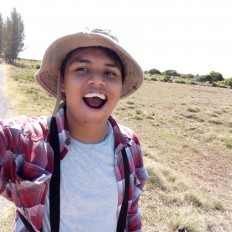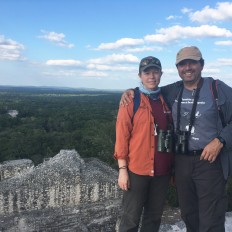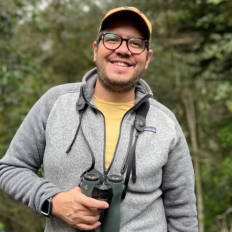Top species
- Turkey Vulture (Cathartes aura)
- Osprey (Pandion haliaetus)
- Hook-billed Kite (Chondrohierax uncinatus)
- Swallow-tailed Kite (Elanoides forficatus)
- Mississippi Kite (Ictinia mississippiensis)
- Northern Harrier (Circus hudsonius)
- Sharp-shinned Hawk (Accipiter striatus)
- Cooper's Hawk (Accipiter cooperii)
- Broad-winged Hawk (Buteo platypterus)
- Swainson's Hawk (Buteo swainsoni)
- Zone-tailed Hawk (Buteo albonotatus)
- American Kestrel (Falco sparverius)
- Merlin (Falco columbarius)
- Peregrine Falcon (Falco peregrinus)
List up to ca. 25 species that:
• have a limited distribution range and/or are rare on a global level
• are most sought-after by birdwatchers at this site
• and are relatively easy to see at this site (year-round or seasonally)
| Turkey Vulture (Cathartes aura) | |
| Osprey (Pandion haliaetus) | |
| Hook-billed Kite (Chondrohierax uncinatus) | |
| Swallow-tailed Kite (Elanoides forficatus) | |
| Mississippi Kite (Ictinia mississippiensis) | |
| Northern Harrier (Circus hudsonius) | |
| Sharp-shinned Hawk (Accipiter striatus) | |
| Cooper's Hawk (Accipiter cooperii) | |
| Broad-winged Hawk (Buteo platypterus) | |
| Swainson's Hawk (Buteo swainsoni) | |
| Zone-tailed Hawk (Buteo albonotatus) | |
| American Kestrel (Falco sparverius) | |
| Merlin (Falco columbarius) | |
| Peregrine Falcon (Falco peregrinus) |
Northern Harrier (Circus hudsonius) was added by Gustavo Contreras (2021-08-16 13:37:13)
Osprey (Pandion haliaetus) was added by Gustavo Contreras (2021-08-15 04:30:41)
American Kestrel (Falco sparverius) was added by Gustavo Contreras (2021-08-15 04:30:15)
Merlin (Falco columbarius) was added by Gustavo Contreras (2021-08-15 04:20:39)
Peregrine Falcon (Falco peregrinus) was added by Gustavo Contreras (2021-08-15 04:20:28)
Hook-billed Kite (Chondrohierax uncinatus) was added by Gustavo Contreras (2021-08-15 04:17:58)
Turkey Vulture (Cathartes aura) was added by Gustavo Contreras (2021-08-15 04:17:46)
Sharp-shinned Hawk (Accipiter striatus) was added by Gustavo Contreras (2021-08-15 04:14:26)
Swallow-tailed Kite (Elanoides forficatus) was added by Gustavo Contreras (2021-08-15 04:14:08)
Zone-tailed Hawk (Buteo albonotatus) was added by Gustavo Contreras (2021-08-15 04:13:28)
Cooper's Hawk (Accipiter cooperii) was added by Gustavo Contreras (2021-08-15 04:13:12)
Mississippi Kite (Ictinia mississippiensis) was added by Gustavo Contreras (2021-08-15 04:10:21)
Broad-winged Hawk (Buteo platypterus) was added by Gustavo Contreras (2021-08-15 04:08:56)
Swainson's Hawk (Buteo swainsoni) was added by Gustavo Contreras (2021-08-15 04:08:38)




